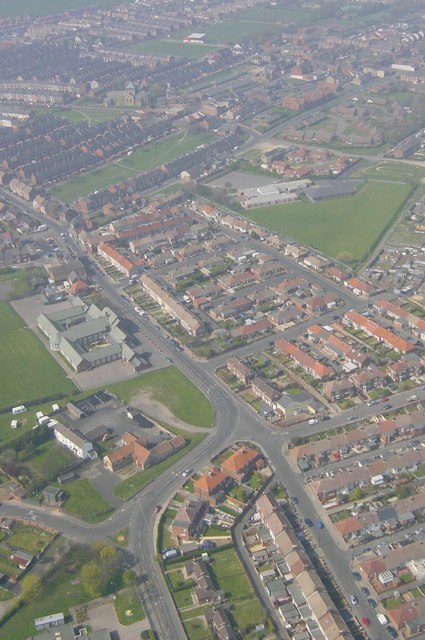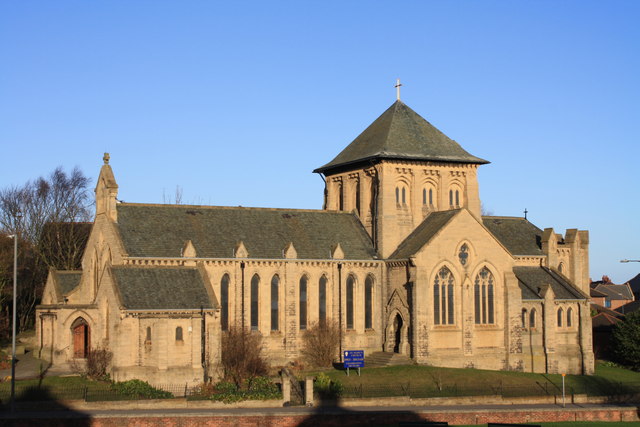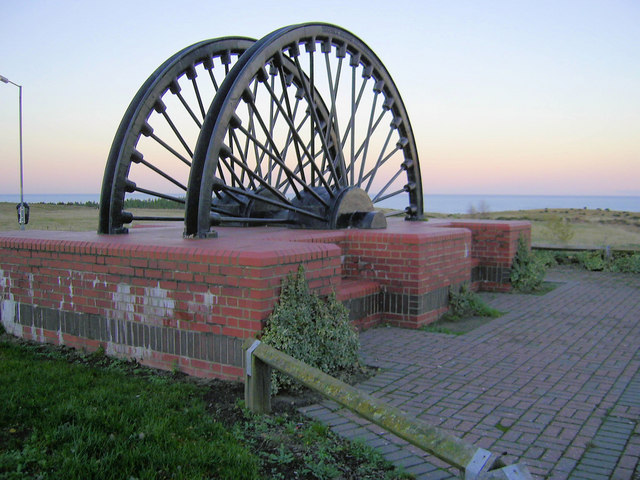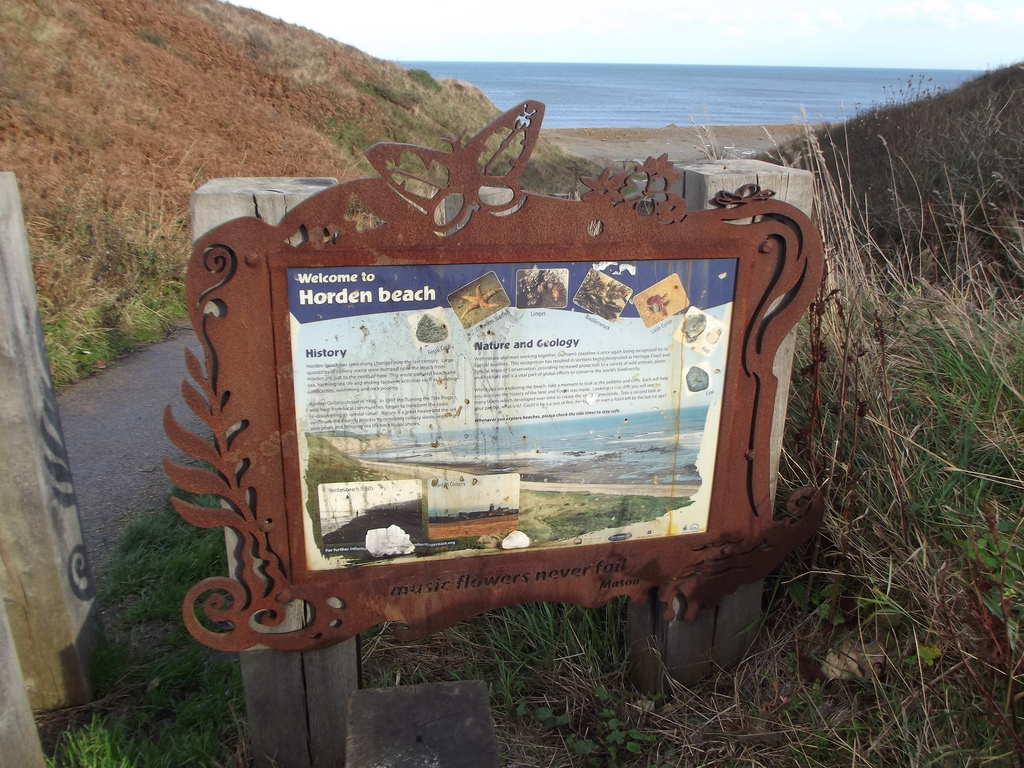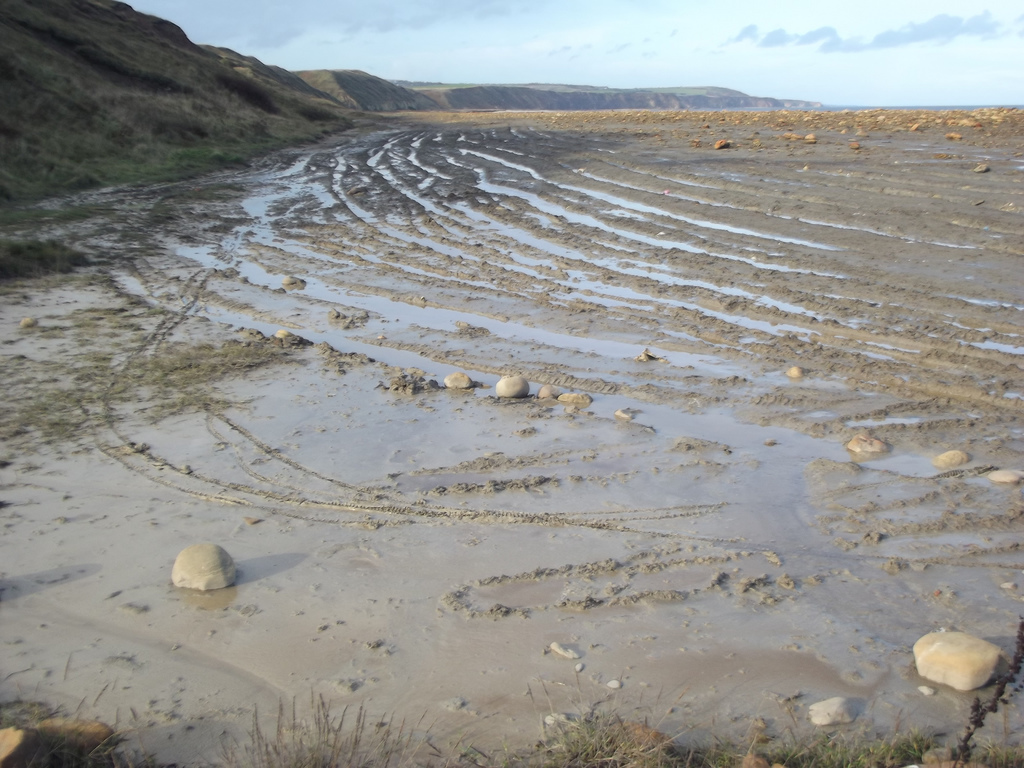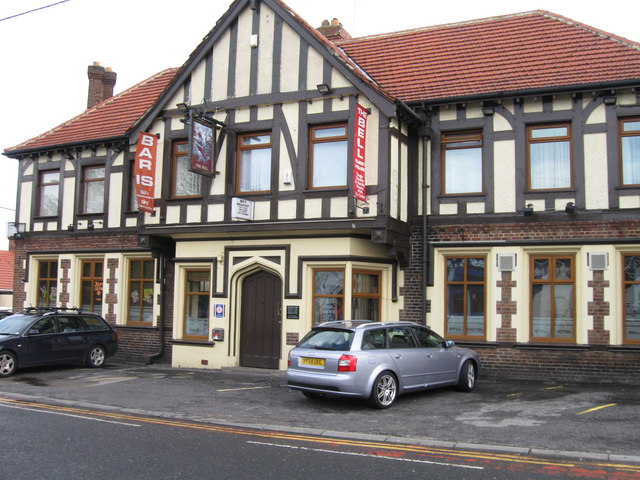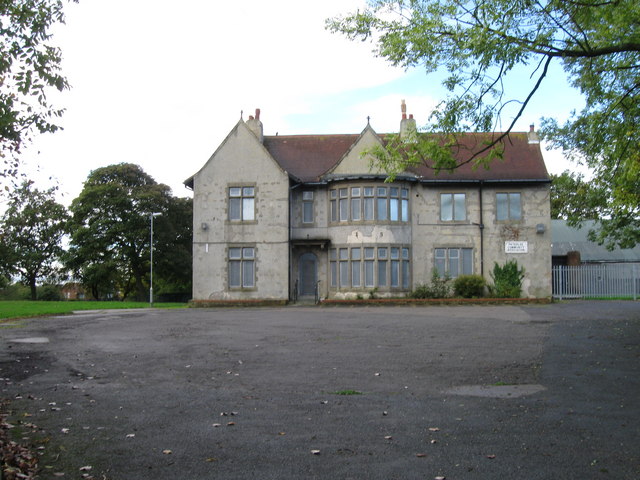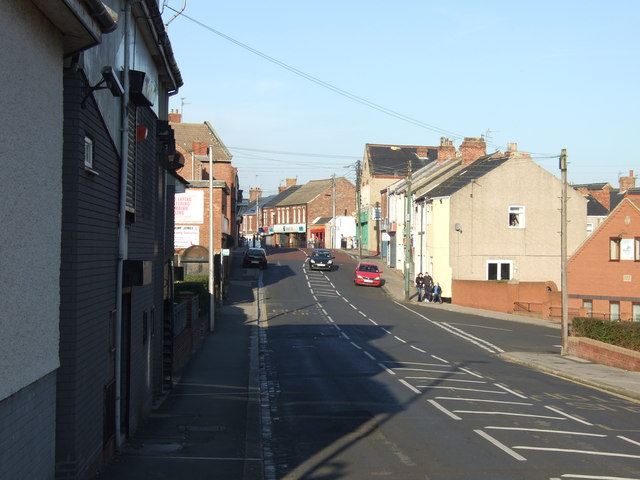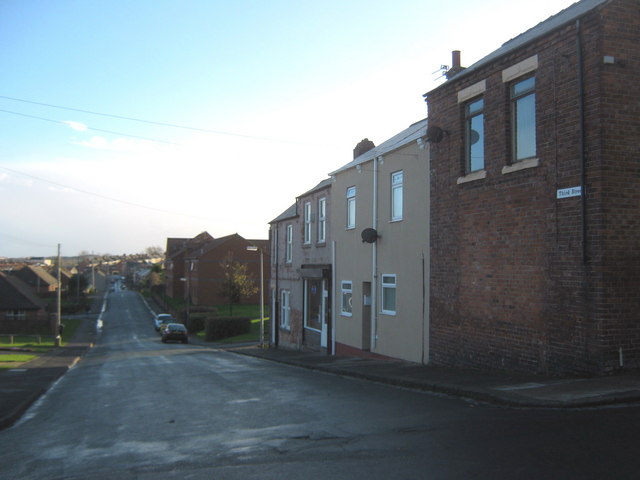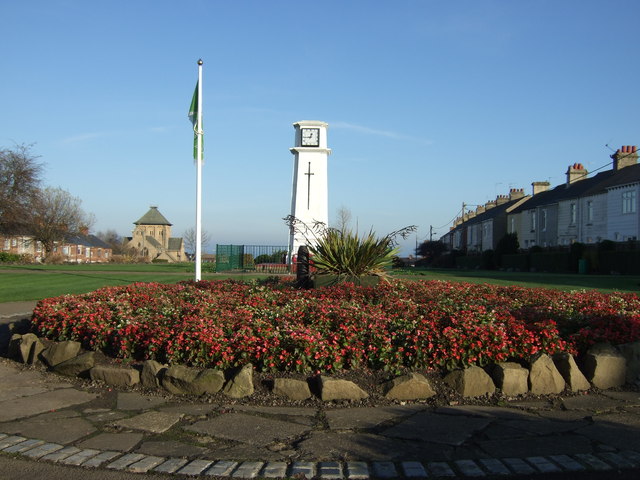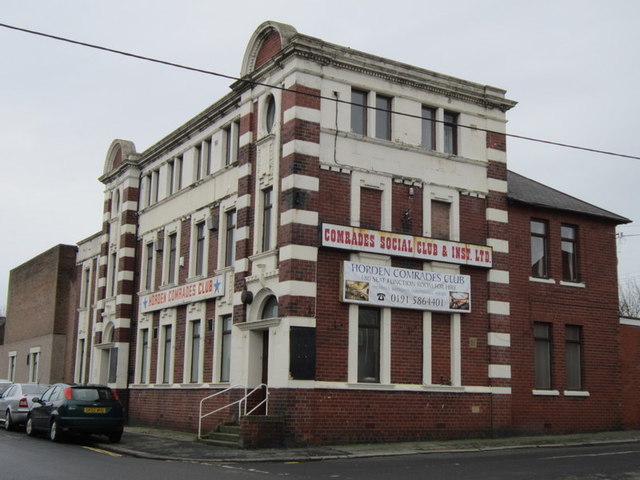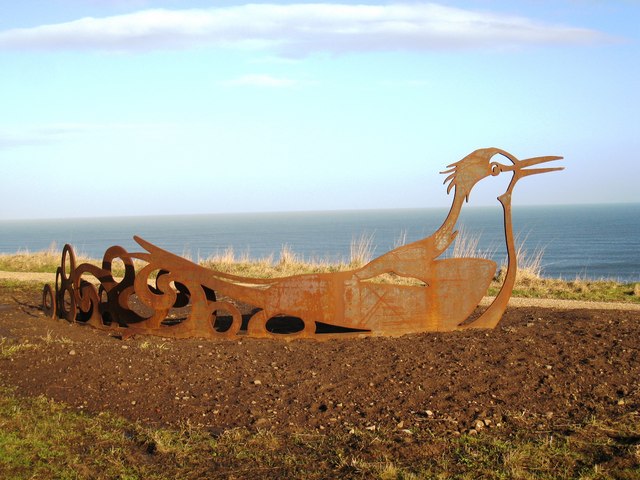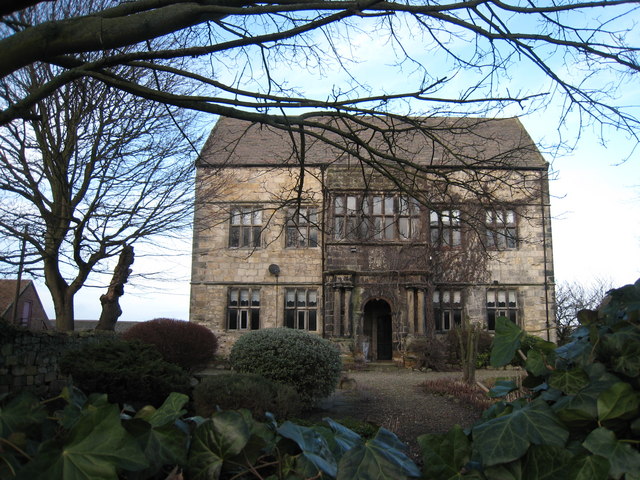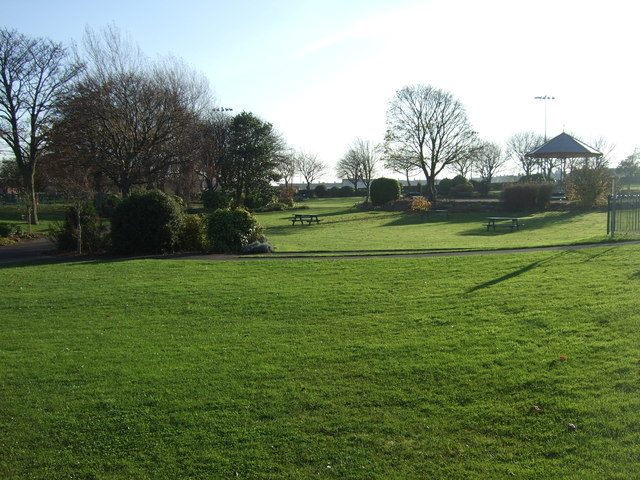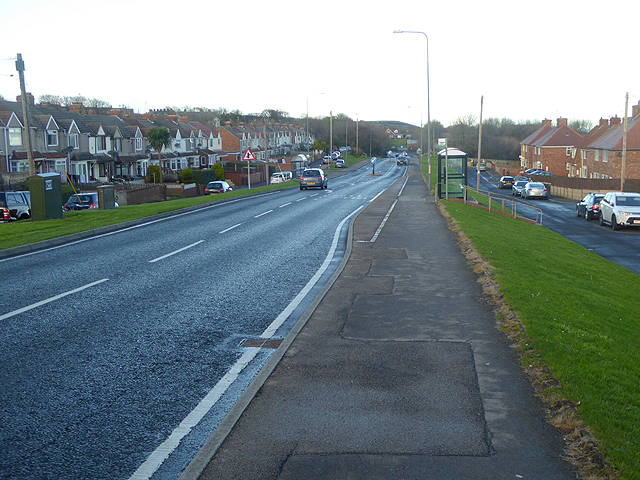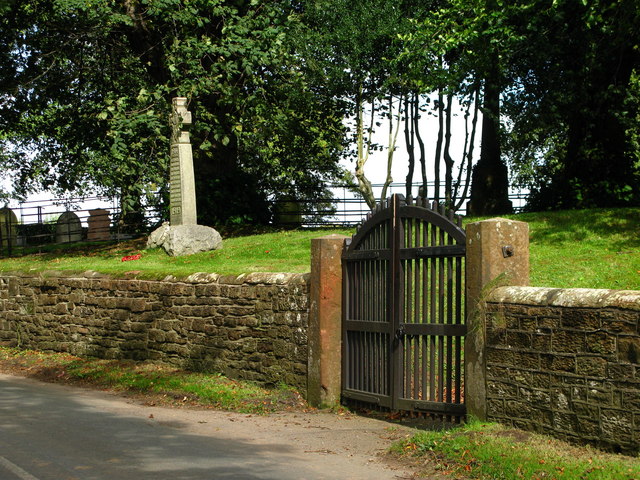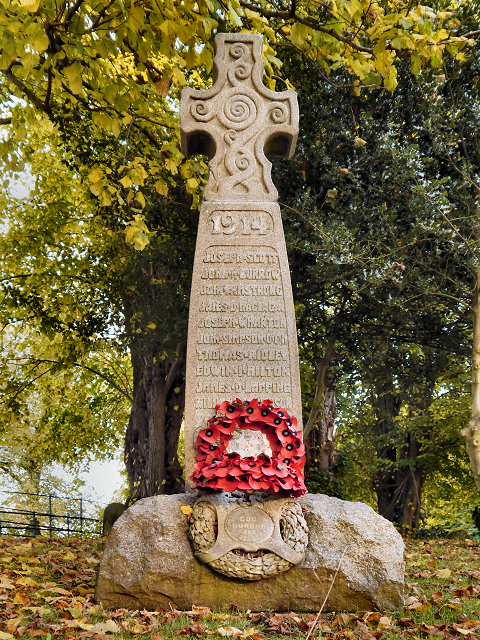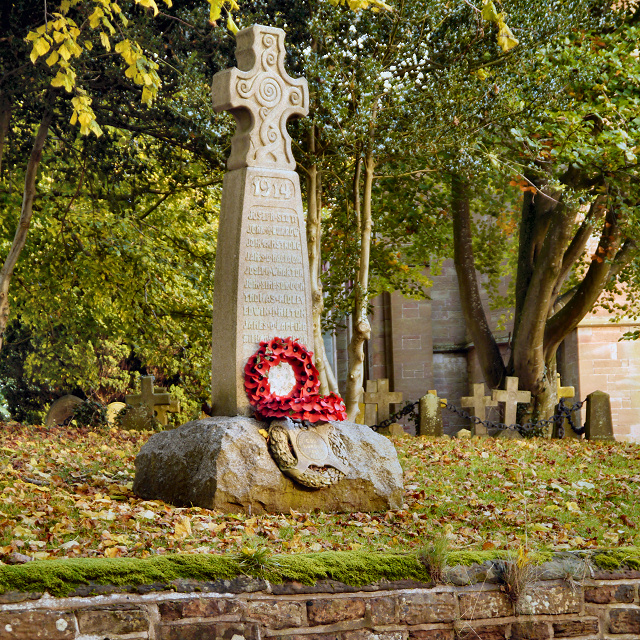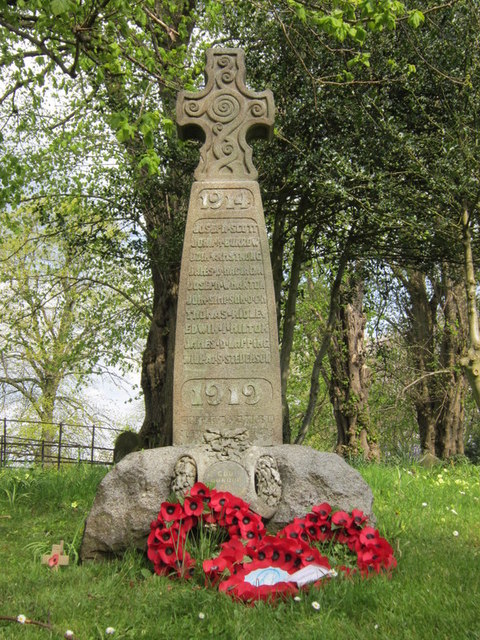Topics > County Durham > Horden
Horden
Horden is a village and electoral ward in County Durham, England. It is situated on the North Sea coast, to the east of Peterlee, approximately 12 miles south of Sunderland. Horden was a mining village until the closure of the Horden Colliery in 1987. Main features include the Welfare and Memorial Parks and St Mary's church. It is connected to the villages of Blackhall Colliery and Blackhall Rocks to its south by a spectacular rail viaduct which spans Castle Eden Dene near Denemouth. Horden Dene provides Horden's northern boundary with Easington Colliery. The A1086 road is the main road through the village linking with Easington and the A19 to Sunderland in the north and Blackhall and the A179 to Hartlepool in the south, the B1320 links the village to Peterlee and Shotton in the West.
History
The local manor house, Horden Hall, was built in the early 17th century by Sir John Conyers, 1st Baronet (d.1664). However, Horden village did not really begin to develop beyond a few farmhouses until the construction of Horden Colliery began in 1900. By 1920 Pitmen’s homes were built, initially in rows of houses named First to Thirteenth Streets. The name Horden may well be derived from the Danish "Yoden" or Yew Dene, as in the case of Eden or Yoden found corrupted in "Castle Eden. Yew is commonly found in Castle Eden Dene.
The first church in the village, St Hilda’s – now the church hall, was opened in 1904 and in 1913 St Mary’s church, built by local landowner Colonel Burdon, was consecrated. The village continued to grow strongly, reaching a peak population of 15,000 in 1951. By 1964 there were 3 cinemas, cricket, rugby and football pitches and also a bowling green.
By 1970 the colliery was considered the "Jewel in the Crown" and expected to have a life of 30 years.
Since closure of the mine in 1987 Horden’s population has fallen to around 8,500 (2001 census) and it now suffers high unemployment, higher than average health issues and problems with poor housing stock. In addition, Horden has gradually lost most of its services and amenities including Police and Fire Stations, secondary school, many local shops, cinemas, and its railway station.
Primary and nursery schools remain, including Horden Nursery School, Cotsford Infant School, Cotsford Junior School, Yohden Primary School and Our Lady Star of the Sea Primary School.
In political terms, Horden is split between the Horden North and Horden South wards of Durham County Council, both of which are part of the parliamentary constituency of Easington, represented since 2010 by Grahame Morris of the Labour Party.
Mining
Horden Colliery was one of the biggest mines in the country. From the beginning of construction in 1900 to nationalisation in 1947 it was owned and operated by Horden Collieries Ltd, who also operated mines at Blackhall, Castle Eden and Shotton. Following nationalisation the mine was operated by the National Coal Board.
The mine was operated mainly for the purpose of working undersea coal, and had three shafts. At the height of operating in the 1930s it employed over 4000 men and produced over 1.5million tonnes of coal a year.
Large volumes of water and other geological issues meant that Horden Colliery failed to make a profit from the later-1970s onwards, and was finally closed in 1987. The only original sites left now are the medical centre site now occupied by a Gymnasium The baths now rebuilt into offices The Canteen occupied by a Garage and the Ventilation office now used by the local council.
Rising minewater following the closure led to fears of contamination of drinking water. A minewater treatment plant was installed in 2004 by the Coal Authority to remove the majority of the iron and raise the pH level of the water. This is a temporary measure, prior to a permanent solution being installed.
Regeneration
In recent years Horden has benefited from the removal of mining spoil heaps and the redevelopment of its Welfare Park (which houses Horden's rugby, cricket and football teams). The Welfare and Memorial Parks are both currently designated Green Flag Parks with the Welfare Park also recognised with the Green Heritage Award, one of only four in the North East of England. The Durham Heritage Coast Partnership (previously the lottery funded Turning the Tide programme) is committed to the conservation, protection and enhancement of the coastline, which is home to a rich variety of flora and fauna.
For such a small village Horden boasts quite a nightlife especially at weekends with several clubs bringing people from nearby villages. Pubs and clubs in Horden include; Horden Comrades, The Bell, Horden Cricket Club and popular on Weekends, Horden Catholic Club and Horden Rugby Club.
Schools
- Our Lady Star of the Sea, RC primary school
- Cotsford Junior School
- Cotsford Infants School
- Yohden Primary School
Notable residents
- Stan Anderson international footballer
- Bob Taylor professional footballer
- Brian Little professional footballer and coach
- Adam Johnson professional footballer
- Dale Roberts professional footballer (deceased)
- Eddy Ellwood professional bodybuilder

from http://hordenhc.wixsite.com/h…
Horden Colliery Heritage Centre
- "The Horden Heritage Centre opened its doors in August 2009 showcasing displays of local memorabilia. Our Heritage displays shows a complete history of Horden Colliery, from the origins of the …
Added by
Simon Cotterill
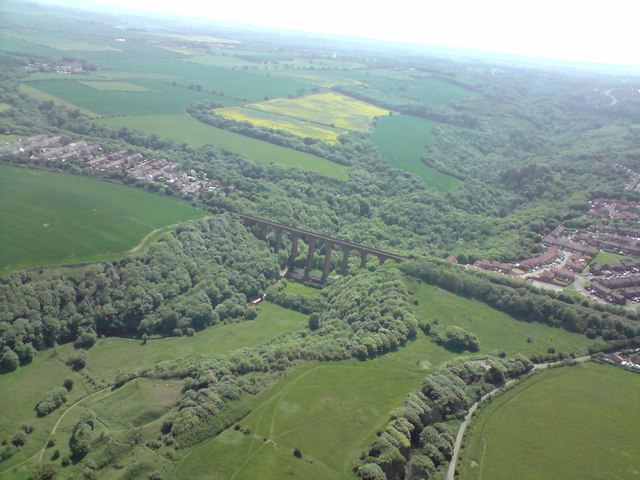
Co-Curate Page
Blackhall Colliery
- Overview About Blackhall Colliery Map Street View Blackhall Colliery is a village on the North Sea coast of County Durham, in England. It is situated on the A1086 between …


from http://hordenhc.wixsite.com/h…
Horden Colliery Heritage Centre
- "The Horden Heritage Centre opened its doors in August 2009 showcasing displays of local memorabilia. Our Heritage displays shows a complete history of Horden Colliery, from the origins of the …
Added by
Simon Cotterill

